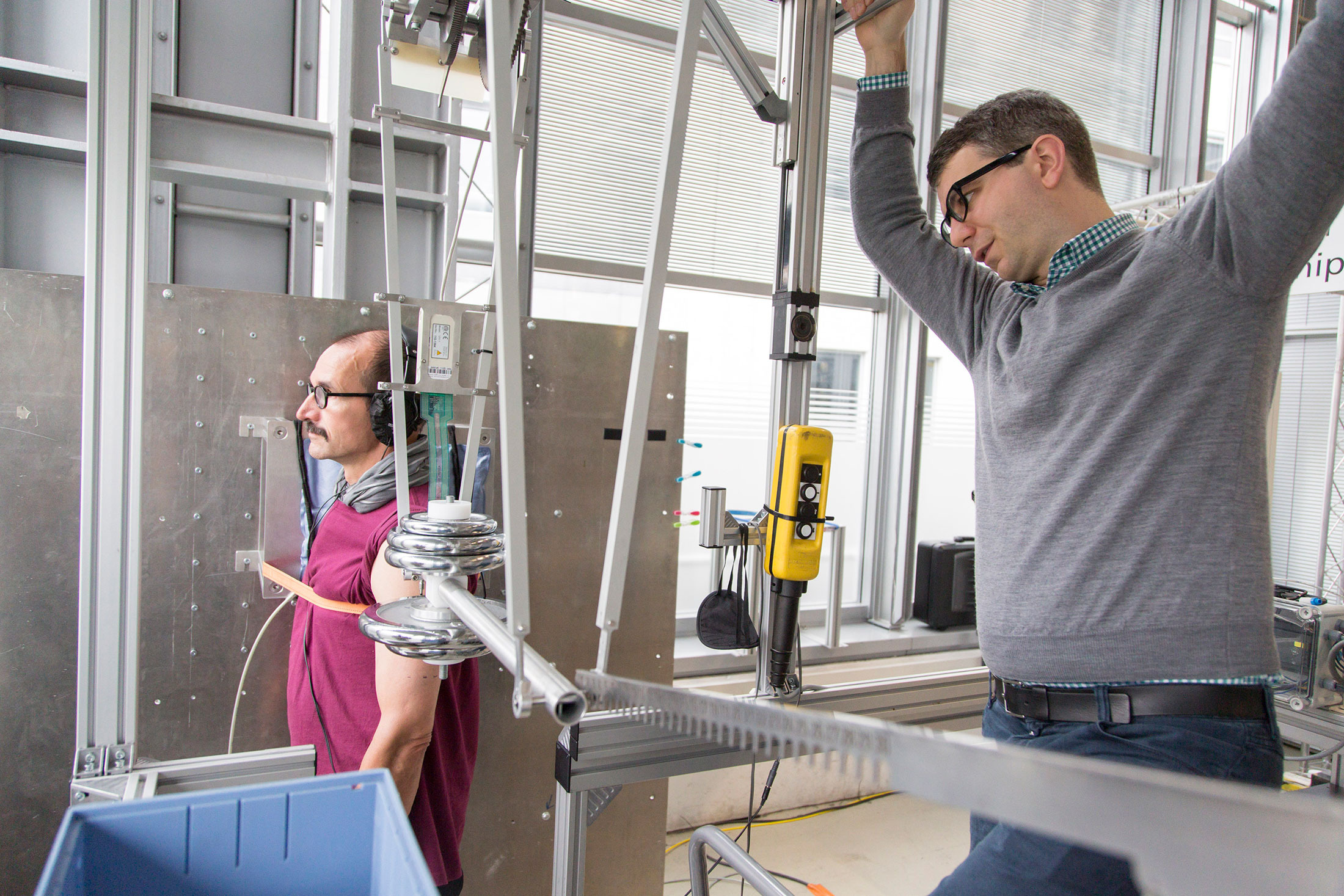
Roland Behrens, a German scientist, wants to teach robots how not to kill humans. But first, he needs to know how hard they can hit before causing any serious damage. According to a Bloomberg report, a team of researchers at the Fraunhofer IFF Institute in Germany is focused on finding a way for machines to coexist with humans, without hurting them. They’ve devised a machine that hits a group of volunteers on the arm or the shoulder so that they can study the impact at the highest mass and the lowest velocity. After the pendulum-like robot arm strikes, the volunteer rates the pain on a scale of one to ten. The team stops testing when the pain reaches five and the subjects are then put through an ultrasound to check for bruises from the impact.
via Engadget
Image: Martin Leissl/Bloomberg







Sounds legit. Wholly owned by the My Watch Already Mansplained It To Your Healthcare Provider Group PLC, MENA.
Late enough in the episode to say “Those aren’t galvanic response and Burr Discomfort Index curves!”